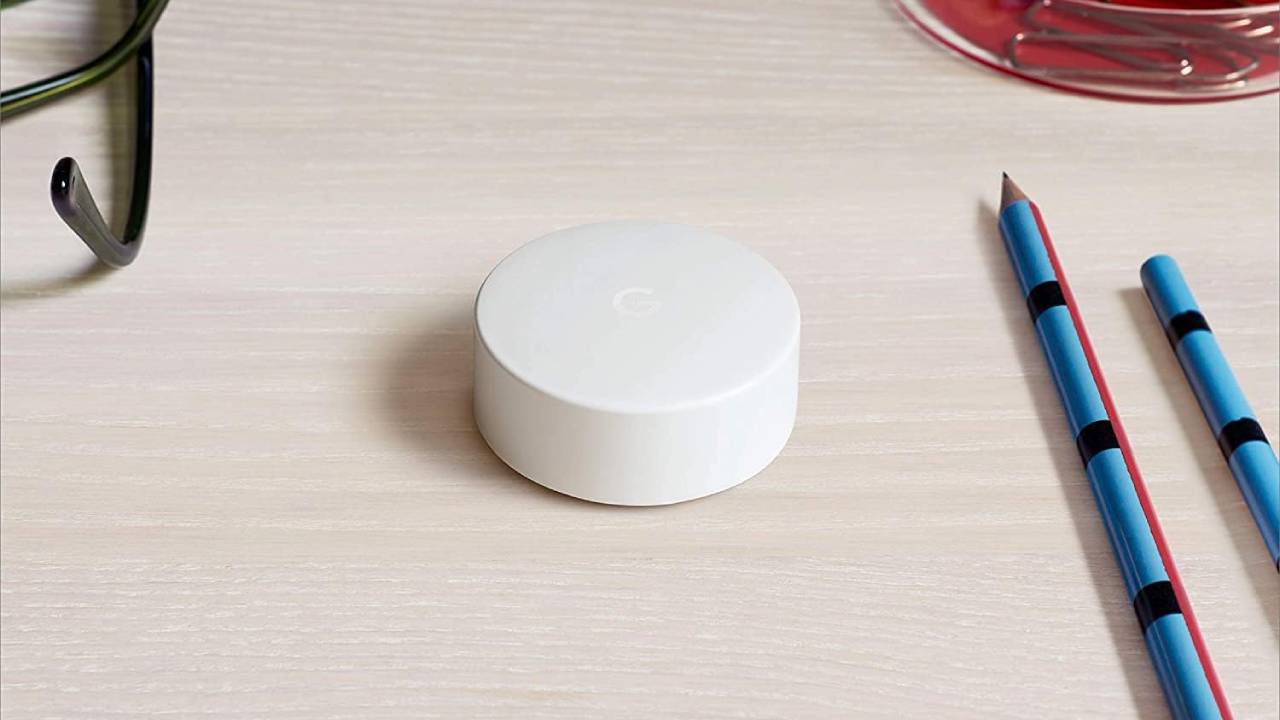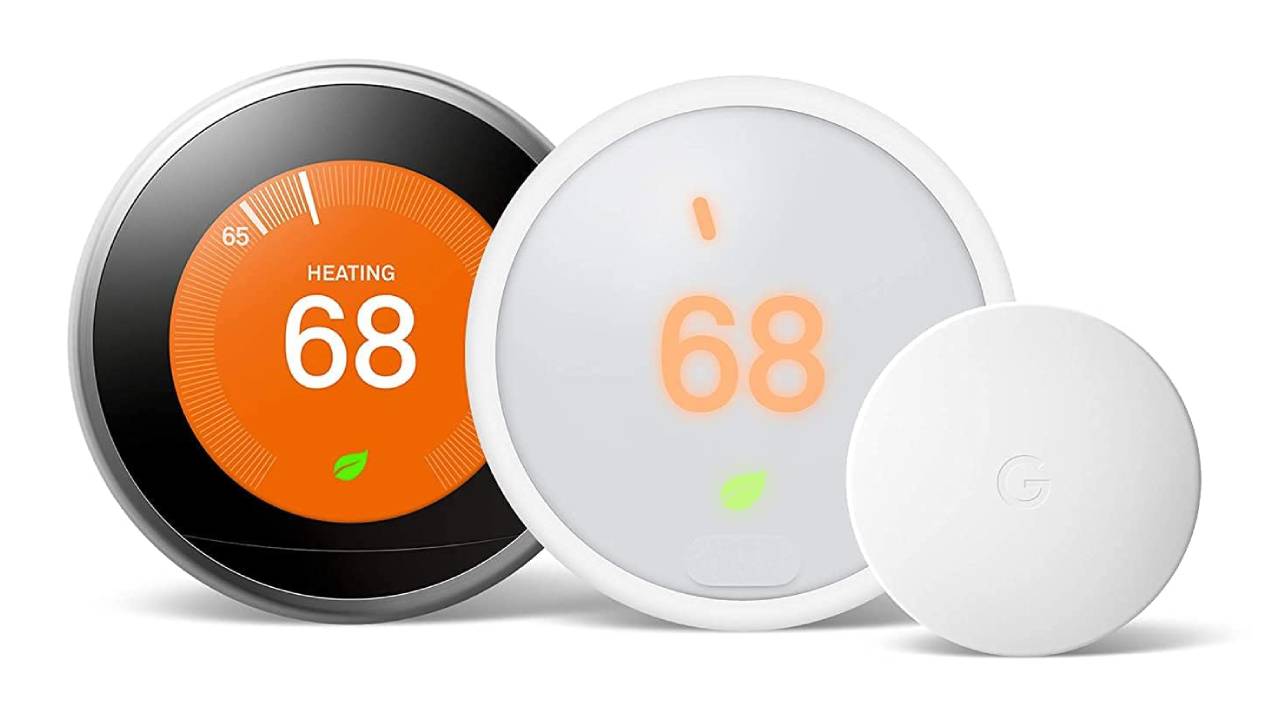
Earlier this year, Google announced that a fourth generation of its popular Nest Thermostat was in the works. Following many leaks of the new model, the new Nest Learning Thermostat – or the ‘Nest Planet Protector’ as Google dubbed it – was finally launched.
As one of the best smart thermostats on the market, the Nest Learning Thermostat is now on its fourth edition which has many of the same features as its predecessor, but with an improved design, better app controls and intuitive scheduling – see our Nest Learning Thermostat review for more details. But it’s the Nest Temperature Sensor that I’m most intrigued by.
The fourth generation of the Nest Learning Thermostat now comes with the new Nest Temperature Sensor which helps you better prioritise each room in your house, and make them as comfortable as possible. While you could buy the Nest Temperature Sensor with the previous iterations of the smart thermostat, this is the first time it’s been included in the initial purchase.
Having an external sensor to work alongside your smart thermostat is incredibly handy, particularly if you have a room in your house which always feels too hot or too cold. This is because your smart thermostat will only measure the temperature in the room it’s installed in, and will use these readings to heat or cool your entire house based on this, which isn’t particularly helpful if your main room is freezing but your bedroom is scorching.

The Nest Temperature Sensor can be placed away from the thermostat in a completely different room, and it’ll measure the room’s temperature and send these details to the Nest Learning Thermostat. The thermostat will then work to prioritise the heating in this room to ensure you feel more comfortable.
In the Google Home app, you can add multiple sensors and choose which one you want the thermostat to report to. When the sensor is active, the thermostat will use its readings to turn itself on and off, and it’ll even ignore its own built-in sensor to ensure the room you’ve selected gets the full heating or cooling treatment.
If you have multiple Nest Temperature Sensors around your home, you can switch between them and schedule them at different times of the day. For example, if you have one in your office and you’re working from home, you can ask your thermostat to focus on this room’s sensor between 9-5 and switch the priority to your living room once you’re done for the day.
As the third generation of the Nest Learning Thermostat didn’t automatically come with the Nest Temperature Sensor, I had no idea how helpful a sensor like this would be. But it’s easily become my favourite feature or accessory that the Nest Learning Thermostat (4th gen) comes with.







